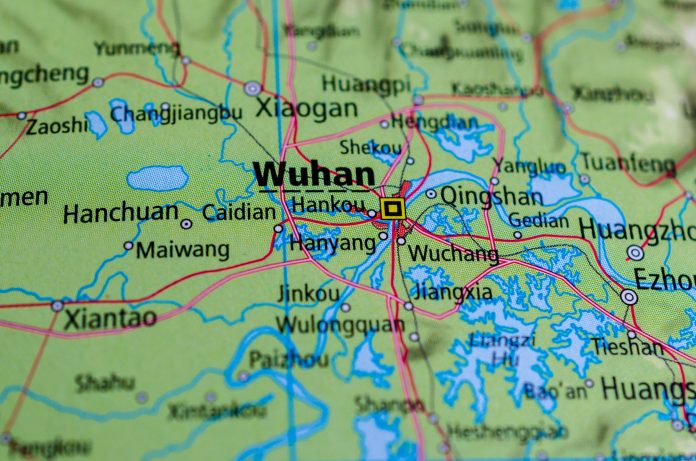President Biden asked US intelligence agencies to begin investigating the origins of COVID-19 yesterday (26 May) – the international WHO team were unable to access all available data in their March trip to Wuhan
President Biden will launch an investigation into the origins of COVID-19, indicating that the current administration is not satisfied with previous explanations given by China about the virus. The World Health Organisation (WHO) team went on a data collecting trip in March, 2021. They did not learn anything “dramatic”.
While some of a fringe perspective suggest that the virus was purposefully engineered and released, this explanation is not why the US is pushing for a more in-depth investigation.
‘Report back to me in 90 days’, says President
In a statement, the President said: “I have now asked the Intelligence Community to redouble their efforts to collect and analyze information that could bring us closer to a definitive conclusion, and to report back to me in 90 days.
“As part of that report, I have asked for areas of further inquiry that may be required, including specific questions for China. I have also asked that this effort include work by our National Labs and other agencies of our government to augment the Intelligence Community’s efforts.
“And I have asked the Intelligence Community to keep Congress fully apprised of its work.”
Who knew about COVID before it became a pandemic?
In early December, whistle-blowers on Twitter were already tracking the emergence of the virus in Wuhan.
Dr Li Wenliang was the whistle-blower who raised early awareness of COVID-19 in Wuhan. While authorities reported mysterious pneumonia cases in December 2019, he found a different story.
In a report, he saw that the virus was some kind of SARS. In seeing a disparity in the truth, Li circulated the document to his friends. This report leaked from his closed circle, drawing the attention of Wuhan police – who then enacted punitive measures against him for “false comments”.
He died on 7 February, 2020, by contracting COVID-19 from a patient. Five more doctors at that hospital would be dead by June.
Basically what this means is that potentially hidden infection hotspots were identified several weeks before the announcement of the first local source of a COVID-19 infection. France followed a similar pattern, whereas Spain, Poland, and the UK witnessed a delay of 2 weeks.
Massimo Riccaboni, full professor of Economics at the IMT School, and research co-ordinator, said: “Our study adds on to the existing evidence that social media can be a useful tool of epidemiological surveillance.
“They can help intercept the first signs of a new disease, before it proliferates undetected, and also track its spread.”





![Europe’s housing crisis: A fundamental social right under pressure Run-down appartment building in southeast Europe set before a moody evening sky. High dynamic range photo. Please see my related collections... [url=search/lightbox/7431206][img]http://i161.photobucket.com/albums/t218/dave9296/Lightbox_Vetta.jpg[/img][/url]](https://www.openaccessgovernment.org/wp-content/uploads/2025/04/iStock-108309610-218x150.jpg)





